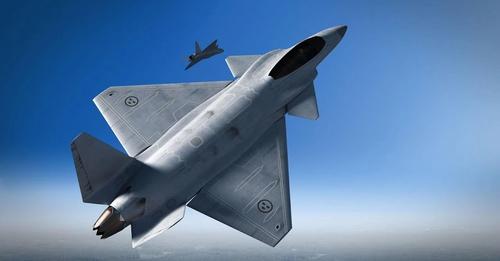Sweden has ultimately withdrawn from the international Global Combat Air System (GCAP) program, which assumes the creation of a sixth-generation manned fighter jet.
Defence24 reported on this.
Sweden’s next steps are currently unclear. One of the possible options is to create its own program.
The Global Combat Air System is a multinational initiative led by the United Kingdom, Japan, and Italy to create a sixth-generation fighter jet.
The joint program should result in the Tempest fighter jet, which should take to the sky by 2035.

The promising aircraft is to replace the Eurofighter Typhoon and Mitsubishi F-2.
Alongside the GCAP, French, German, and Spanish companies are developing a fighter jet under the FCAS (Future Combat Air System) program to replace the Rafal, Typhoon, and Spanish EF-18 Hornet.
Prior to participating in the GCAP program, the Swedish Air Force funded its own Flygsystem 2020 program to develop a fifth-generation fighter.
The Program assumed the development of a heavily single-engine multirole aircraft. It was supposed to be an aircraft that would replace the latest version of the Gripen after 2035.
The Swedish project was at a conceptual stage when, in 2019, Saab and the Swedish authorities joined the newly announced Tempest fighter program.

The reason for the withdrawal from the program could have been a difference in fighter jet concepts: the Swedes wanted a single-engine, low-cost aircraft with a short range, while other countries wanted a twin-engine aircraft with a long range.
Sweden now has until 2031 to conduct conceptual work and develop a new model. As a result, a vehicle is to be purchased and put into service “after 2040”. At the same time, the E/F version of the Gripen will be adopted.
